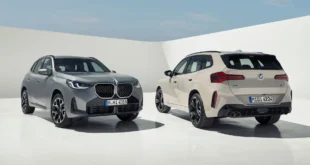For years, the automotive industry has used clay models to design their vehicles, despite the availability of advanced digital technology. Many wonder why automakers still use this traditional method.

Clay modeling offers a tactile experience that digital design cannot replicate. Car designers can see and touch the clay models, making it easier to identify imperfections and modify them. This allows designers to create a three-dimensional representation of the car, which can help them assess the proportions and shapes of the vehicle.
Clay modeling offers the flexibility to make changes easily. Unlike digital models, clay models can be easily molded or reshaped. This allows designers to make changes quickly without waiting for digital modifications. Additionally, using clay models helps reduce the costs associated with creating digital prototypes. Finally, clay modeling allows automakers to work in a collaborative environment. Using a clay model, designers, engineers, and executives can work together to make changes and assess the car’s overall design. This allows for a more efficient process, ultimately leading to a better end product.
While digital technology has revolutionized the design process, clay modeling remains a crucial tool in the automotive industry. Its tactile experience, flexibility, and ability to facilitate collaboration make it an essential aspect of car design. By combining both traditional and modern design methods, automakers can create beautiful and innovative vehicles that meet the demands of today’s consumers.
 BMW.SG | BMW Singapore Owners Community The Ultimate BMW Community – Established Since 2001
BMW.SG | BMW Singapore Owners Community The Ultimate BMW Community – Established Since 2001













